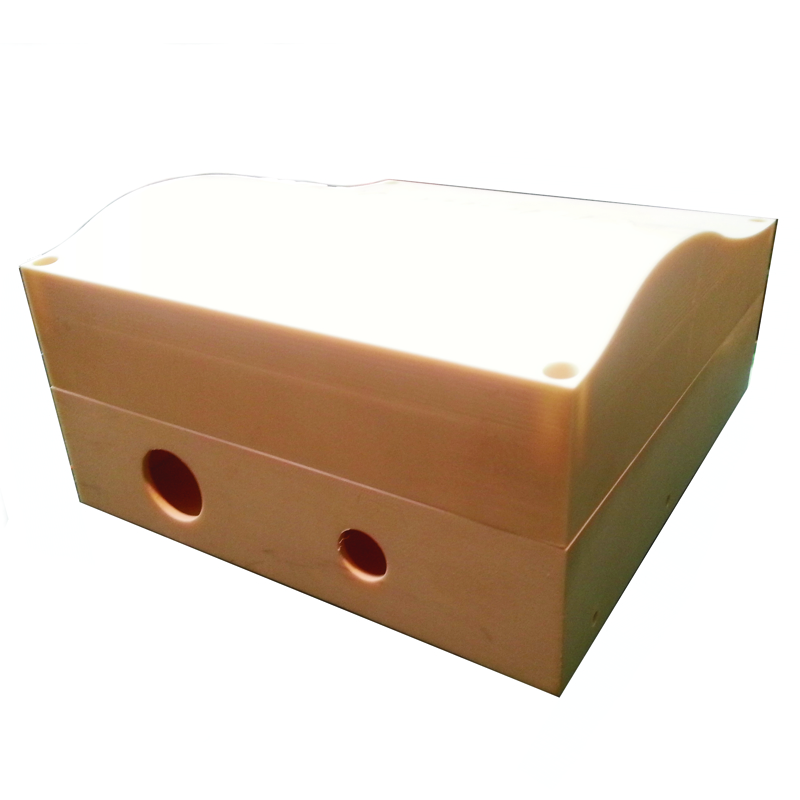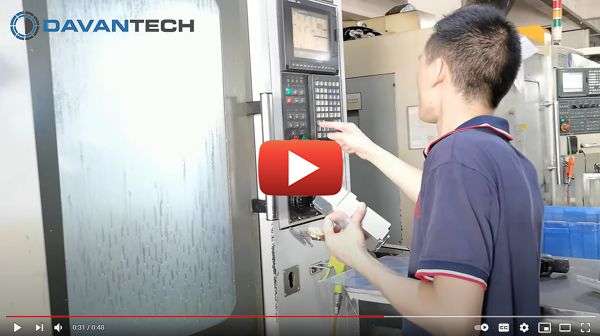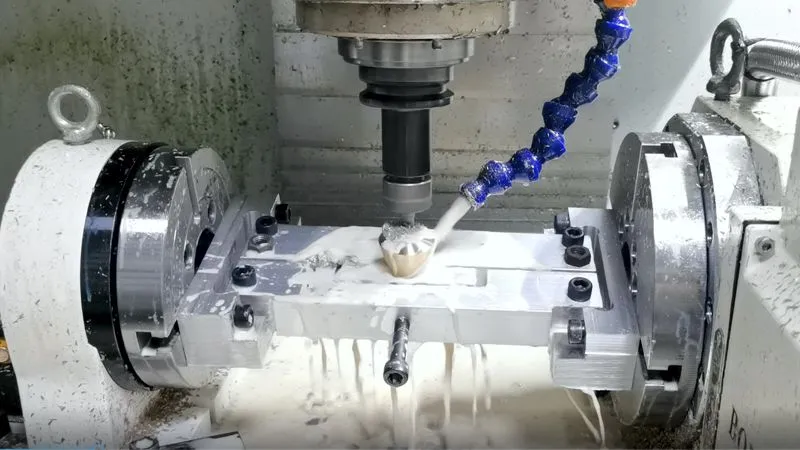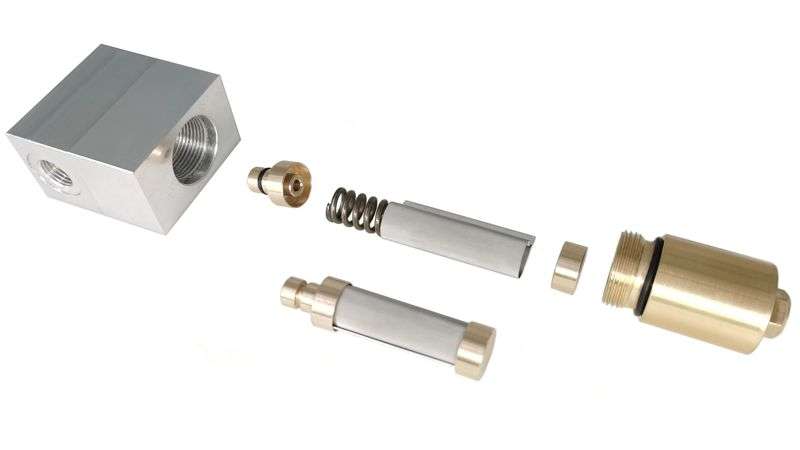Introduction:
Stainless steel CNC turning is a cutting-edge precision machining process that has revolutionized the manufacturing industry. With its ability to transform raw stainless steel materials into intricate and customized components, CNC turning or lathing has become the go-to method for various industries seeking high-quality and durable parts. In this comprehensive guide, we will delve into the world of stainless steel lathing, exploring its benefits, applications, and how it stands as a cornerstone in modern engineering.
-
Understanding CNC Turning: The Basics
CNC turning, short for Computer Numerical Control turning, is an advanced machining technique that employs computer-guided tools to shape stainless steel workpieces. Using state-of-the-art machinery and 3D CAD models, CNC turning delivers unparalleled precision and repeatability. As a subtractive manufacturing process, excess material is removed to create parts with intricate designs, close tolerances, and exceptional surface finishes.
-
Stainless Steel’s Allure: A Material for Excellence
Stainless steel, renowned for its exceptional corrosion resistance and strength, is a preferred material for various applications. Its versatility spans across industries like aerospace, automotive, medical, and many more. The ability to withstand harsh environments, high temperatures, and corrosive substances makes stainless steel the ideal choice for components subject to heavy-duty tasks.
-
The CNC Turning Process: Unraveling the Intricacies
The stainless steel CNC turning process begins with the selection of the appropriate grade of stainless steel. Next, the computer-guided lathe holds the workpiece securely in place while the cutting tool is set in motion. The CNC program guides the tool’s movement bad credit loans online, meticulously carving the stainless steel into the desired shape. This computer-controlled approach guarantees consistency and accuracy in every piece produced.
-
Advantages of Stainless Steel CNC Turning
a. Precision Redefined: CNC turning ensures a level of precision that manual methods simply cannot match. Each component is manufactured with consistent accuracy, ensuring a perfect fit for assembly.
b. Enhanced Efficiency: CNC turning reduces production time significantly, increasing overall efficiency and productivity in manufacturing processes.
c. Versatility: The CNC turning process can be applied to various stainless steel grades, accommodating a wide range of industrial requirements.
d. Cost-effectiveness: Though the initial setup may be costly, the mass production capabilities of CNC turning lead to substantial cost savings in the long run.
e. Minimal Waste: CNC turning produces minimal waste, optimizing material usage and reducing the environmental impact.
-
Applications of Stainless Steel CNC Turning
a. Aerospace Industry: Stainless steel CNC turning plays a critical role in creating precision components for aircraft engines, landing gear, and instrumentation systems.
b. Medical Devices: The medical sector relies on stainless steel CNC turned parts for implants, surgical instruments, and diagnostic equipment, ensuring biocompatibility and durability.
c. Automotive Sector: CNC turned stainless steel components are found in engines, transmissions, and suspension systems, contributing to vehicle performance and safety.
d. Oil & Gas: CNC lathing facilitates the production of reliable and corrosion-resistant parts for drilling equipment and pipelines in the oil and gas industry.
e. Electronics: The electronics industry benefits from stainless steel CNC turned parts in manufacturing connectors, terminals, and heat sinks.
f. Food Processing: Stainless steel’s hygienic properties combined with CNC lathing precision make it ideal for food processing machinery and equipment.
-
Factors Affecting Stainless Steel CNC Turning
a. Material Selection: Choosing the right grade of stainless steel is crucial, as it directly impacts the part’s performance and longevity.
b. Tool Selection: Selecting appropriate cutting tools with the right geometry and coatings ensures efficient material removal and extends tool life.
c. Cutting Parameters: Optimizing cutting speeds, feeds, and depths helps maintain part integrity and surface finish.
d. Workholding: Proper workpiece clamping ensures stability during the CNC turning process, preventing inaccuracies and material wastage.
e. Quality Control: Regular inspections and measurements throughout the CNC turning process are essential to maintain the desired precision and quality.
-
Future Trends in Stainless Steel CNC Turning
As technology continues to evolve, so does the realm of stainless steel CNC turning. Some future trends include:
a. Advanced CNC Machinery: More sophisticated CNC machines equipped with advanced automation and enhanced capabilities will further elevate precision and efficiency.
b. Multi-axis CNC Turning: The integration of multi-axis turning allows for more complex and intricate part geometries, expanding design possibilities.
c. IoT Integration: Internet of Things (IoT) technologies will enable real-time monitoring of CNC turning processes, streamlining maintenance and performance optimization.
d. Sustainability Focus: Manufacturers will continue to emphasize sustainable practices, reducing energy consumption and waste in CNC turning operations.
Conclusion:
Stainless steel CNC turning has revolutionized the manufacturing industry, offering unparalleled precision and efficiency for diverse applications. With its exceptional benefits, from precision redefined to minimal waste, CNC turning has solidified its position as a cornerstone in modern engineering. As technology advances, the future of stainless steel CNC turning looks promising, providing innovative solutions to meet the evolving demands of various industries. Embracing this cutting-edge technology ensures businesses stay at the forefront of the manufacturing landscape, delivering superior products that drive progress and success.



